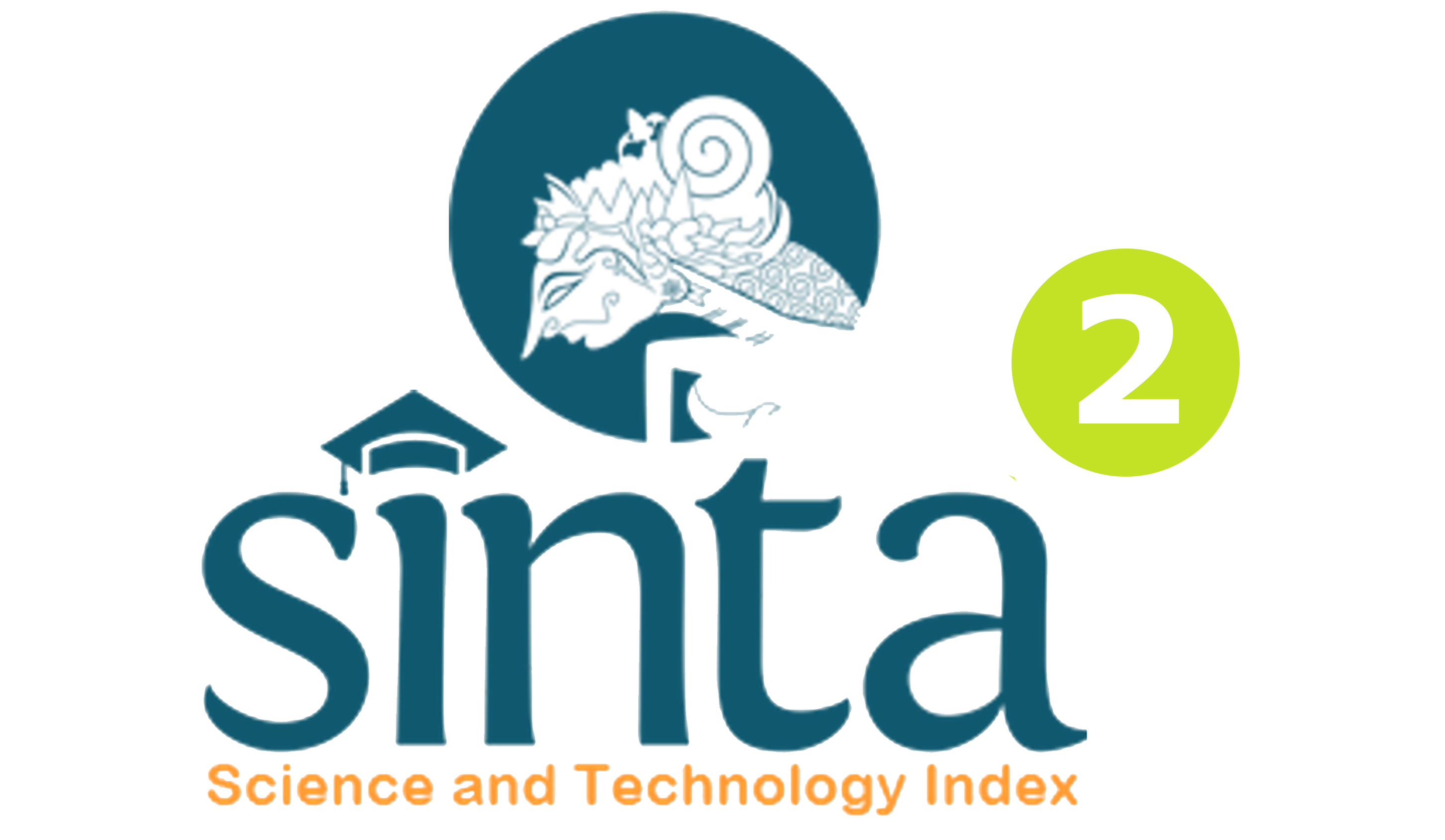Rasch Career Self Efficacy Scale Analysis for High School Students
DOI:
https://doi.org/10.23887/bisma.v5i3.42031Keywords:
Career Self-Efficacy, Measurement Scale, Rasch ModelAbstract
Career self-efficacy is one of the important factors that determine the success of students in carrying out their careers. Likewise with school counselors, measuring students' career self-efficacy will help them understand and develop strategies to develop students' career plans. For this reason, a valid and reliable career efficacy measurement tool is needed. This study aims to analyze the feasibility of student career success scale based on RASCH modeling. Participants in this study were 30 students who were involved as respondents in a 25-item career self-efficacy test. Rasch analysis was made by the WINSTEPS 3.73 program to evaluate the Indonesian version of the career self-efficacy scale by looking at the validity and reality of the item-person fit measure, Cronbach's alpha value, item-person separation index, dimensions, response patterns in the scalogram, and bias items according to gender. The results of this study indicate that of the 25 items there are 5 items that are out of fit or do not meet the RASCH measurement model. The reliability of the Cronbach Alpha scale is 0.96 or very high. The total gross variance described by the measure is 47%, which means this scale is able to predict students' career self-efficacy quite accurately. Overall, it can be concluded that the Indonesian version of the student career self-efficacy scale has good psychometric properties so that it can be used for assessment and research.References
Ana, A., & Wibowo, M. E. (2017). Bimbingan Kelompok dengan Teknik Role Playing untuk Meningkatkan Self-Efficacy dan Harapan Hasil (Outcome Expectations) Karir Siswa. Jurnal Bimbingan Konseling, 6(1), 49–53.
Andrianie, S. (2013). Pengembangan Media Layanan Bimbingan Kelompok Berbasis Landasan Hidup Religius Bagi Siswa SMP. Journal of Chemical Information and Modeling, 53(9), 1689–1699.
Ardiyanti, D. (2016). Aplikasi Model Rasch pada Pengembangan Skala Efikasi Diri dalam Pengambilan Keputusan Karir Siswa [Application of the Rasch Model on the Development of Self-Efficiency Scale in Student Career Decision Making]. Jurnal Psikologi, 43(3), 248.
Bandura, A. (1995). Self-Efficacy in Changing Sociesties. In Cambridge Universitiy Press. https://doi.org/10.1017/cbo9780511527692.009
Bandura, A. (1997). Guide For Constructing Self-Efficacy Scales. In Self-Efficacy Beliefs of Adolescents (Vol. 4, Issue 1, pp. 307–337).
Lönnfjord, V., & Hagquist, C. (2018). The Psychometric Properties of the Swedish Version of the General Self-Efficacy Scale: A Rasch Analysis Based on Adolescent Data. Current Psychology, 37(4), 703–715. https://doi.org/10.1007/s12144-016-9551-y
Muntazhimah, M., Putri, S., & Khusna, H. (2020). Rasch Model untuk Memvalidasi Instrumen Resiliensi Matematis Mahasiswa Calon Guru Matematika. JKPM (Jurnal Kajian Pendidikan Matematika), 6(1), 65. https://doi.org/10.30998/jkpm.v6i1.8144
Sersiana, L., Lukitaningsih, R., Muis, T., & Purwoko, B. (2013). Hubungan Antara Self-Efficacy Karir Dan Persepsi Terhadap Masa Depan Karir Dengan Kematangan Karir Siswa SMK PGRI Wonoasri Tahun Ajaran 2012/2013. Jurnal BK UNESA, 03(01), 172–180.
Setiaji, K. (2015). Pilihan Karir Mengajar Mahasiswa Pendidikan Ekonomi. Jurnal Pendidikan Ekonomi Dinamika Pendidikan, 10(2), 196–211. https://www.mendeley.com/catalogue/f6901874-b625-3ca2-83ca-295c6c102d99/?utm_source=desktop&utm_medium=1.19.8&utm_campaign=open_catalog&userDocumentId=%7B458a8fd8-eb21-46d9-8cf8-51799682846d%7D
Setiawan, A. R. (2020). Lembar Kegiatan Literasi Saintifik untuk Pembelajaran Jarak Jauh Topik Penyakit Coronavirus 2019 (COVID-19). Edukatif : Jurnal Ilmu Pendidikan, 2(1), 28–37. https://doi.org/10.31004/edukatif.v2i1.80
Sudaryono. (2012). the Various Methods of Detecting the Existence of Differential Item Function (Dif) Item National Exam With Classical Test Teory. Jurnal Pendidikan Dan Kebudayaan, 18(2), 132–144.
Sumintono, B., & Widhiarso, W. (2013). Aplikasi Model Rasch Untuk Penelitian Ilmu-Ilmu Sosial.
Sumintono, B., & Widhiarso, W. (2015). Aplikasi Pemodelan RASCH Pada Assessment Pendidikan. AplikAsi RascH PemodelAn Pada Assessment Pendidikan, 1–142.
Suranata, K., & Prakoso, B. B. (2020). Program web-based SFBC untuk mereduksi kecemasan akademik siswa saat pandemi COVID-19; sebuah pilot studi. JPPI (Jurnal Penelitian Pendidikan Indonesia), 6(2), 47–52. https://doi.org/10.29210/02020609
Van Zile-Tamsen, C. (2017). Using Rasch Analysis to Inform Rating Scale Development. Research in Higher Education, 58(8), 922–933. https://doi.org/10.1007/s11162-017-9448-0
Wahyudi, A., Setyowati, A., & Partini, S. (2020). Analisis Model Rasch Pada Pengembangan Skala Resiliensi. Urnal Fokus Konseling, 6(2), 68–74. http://ejournal.umpri.ac.id/index.php/fokus
Yuwono, S. D., & Aidah, R. (2017). Pengembangan Media Pembelajaran Karir “ Roe ” Berbasis Permainan Sebagai Upaya Peningkatan Wawasan Karir Siswa. Jurnal Bimbingan Dan Konseling, 6(1), 80–87.









